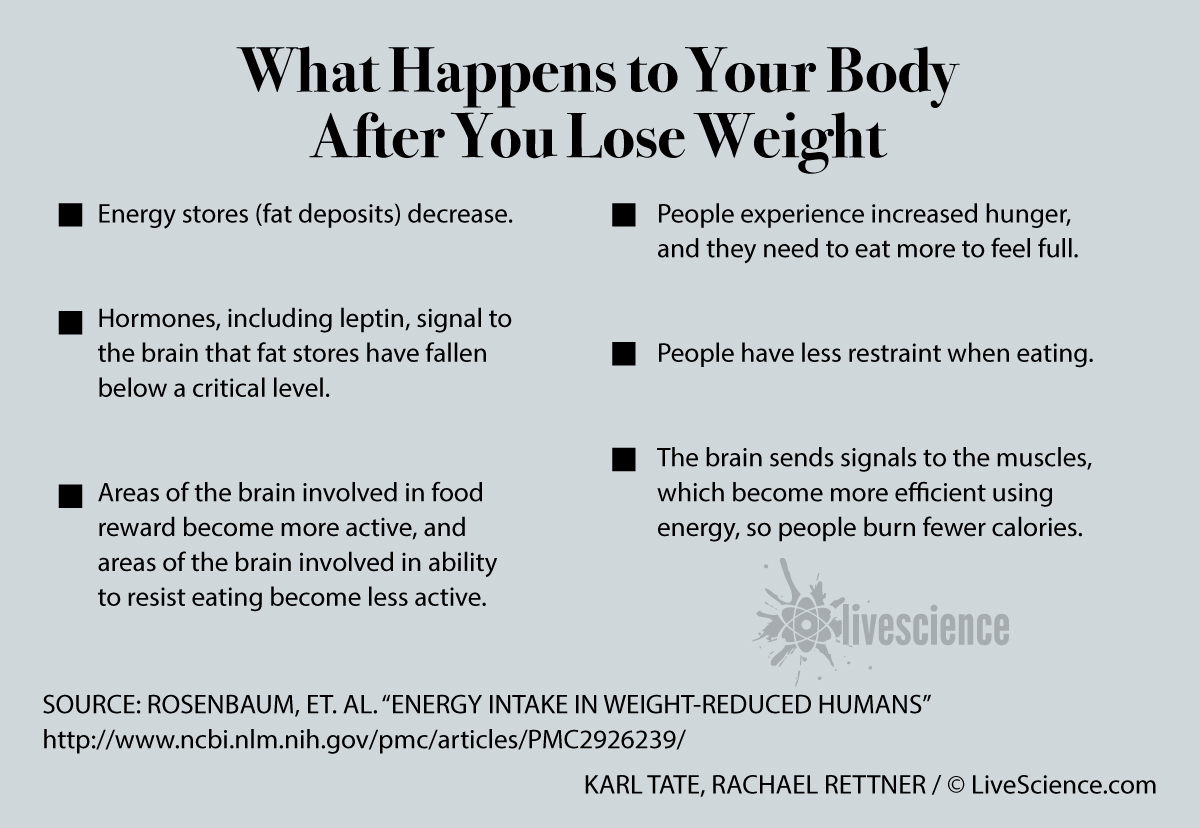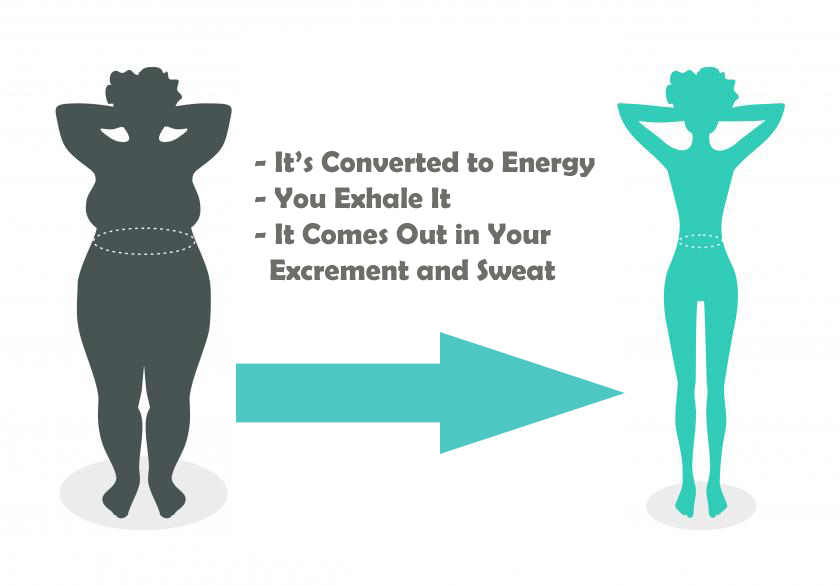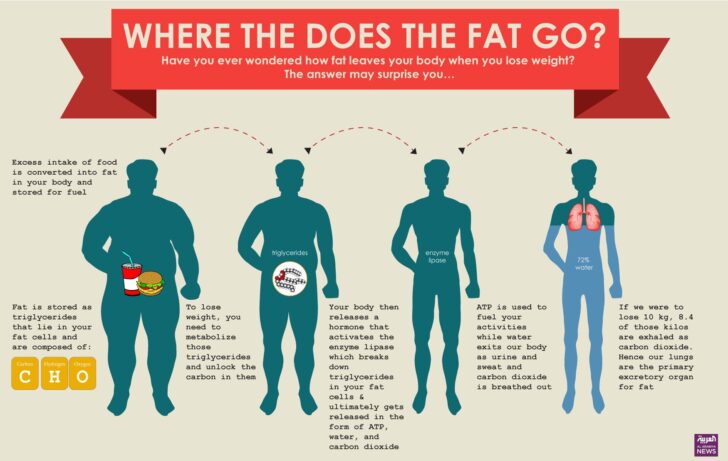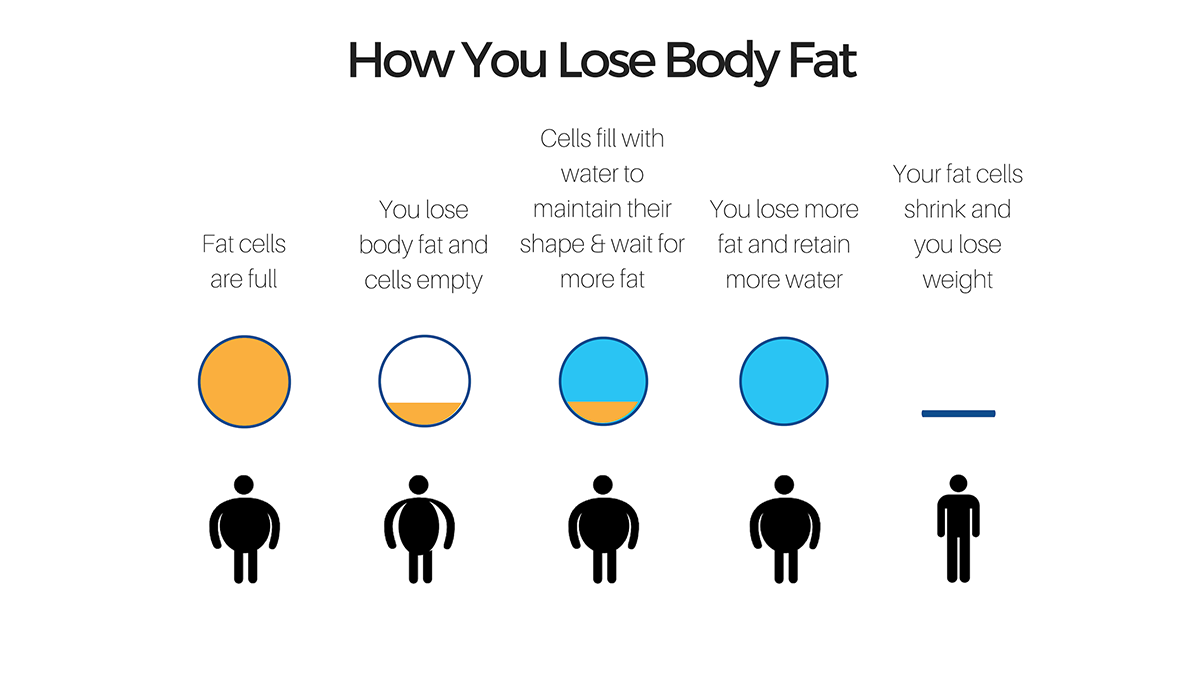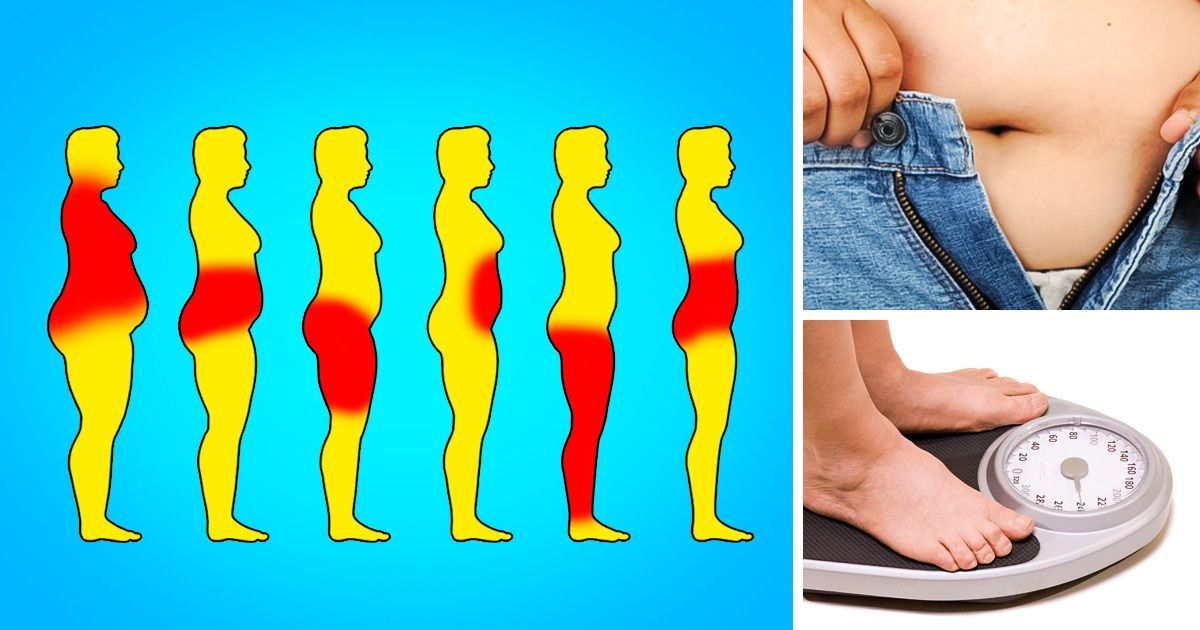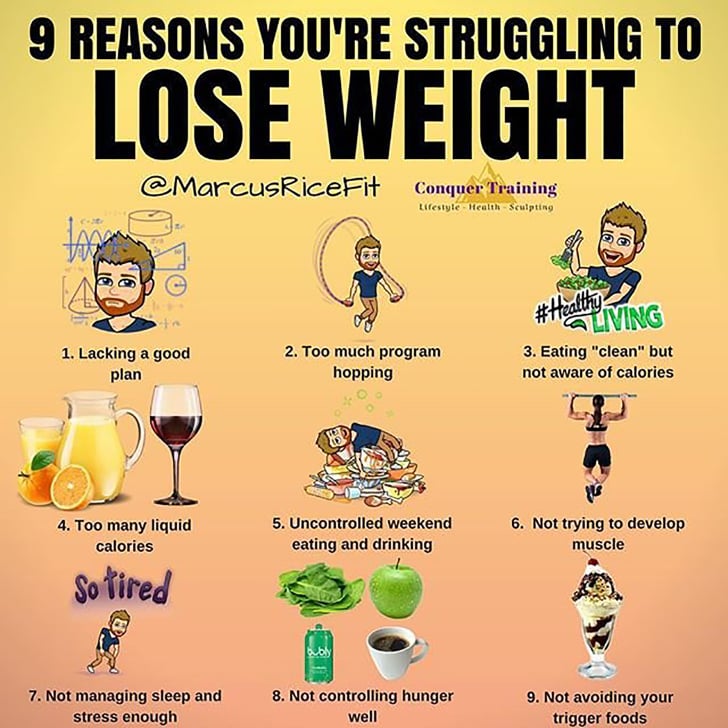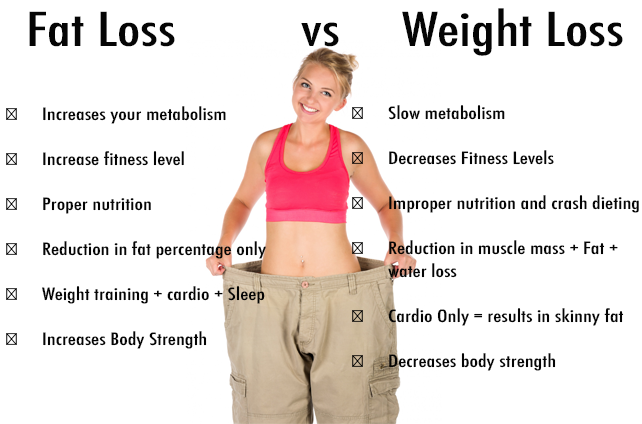What Happens To The Weight You Lose
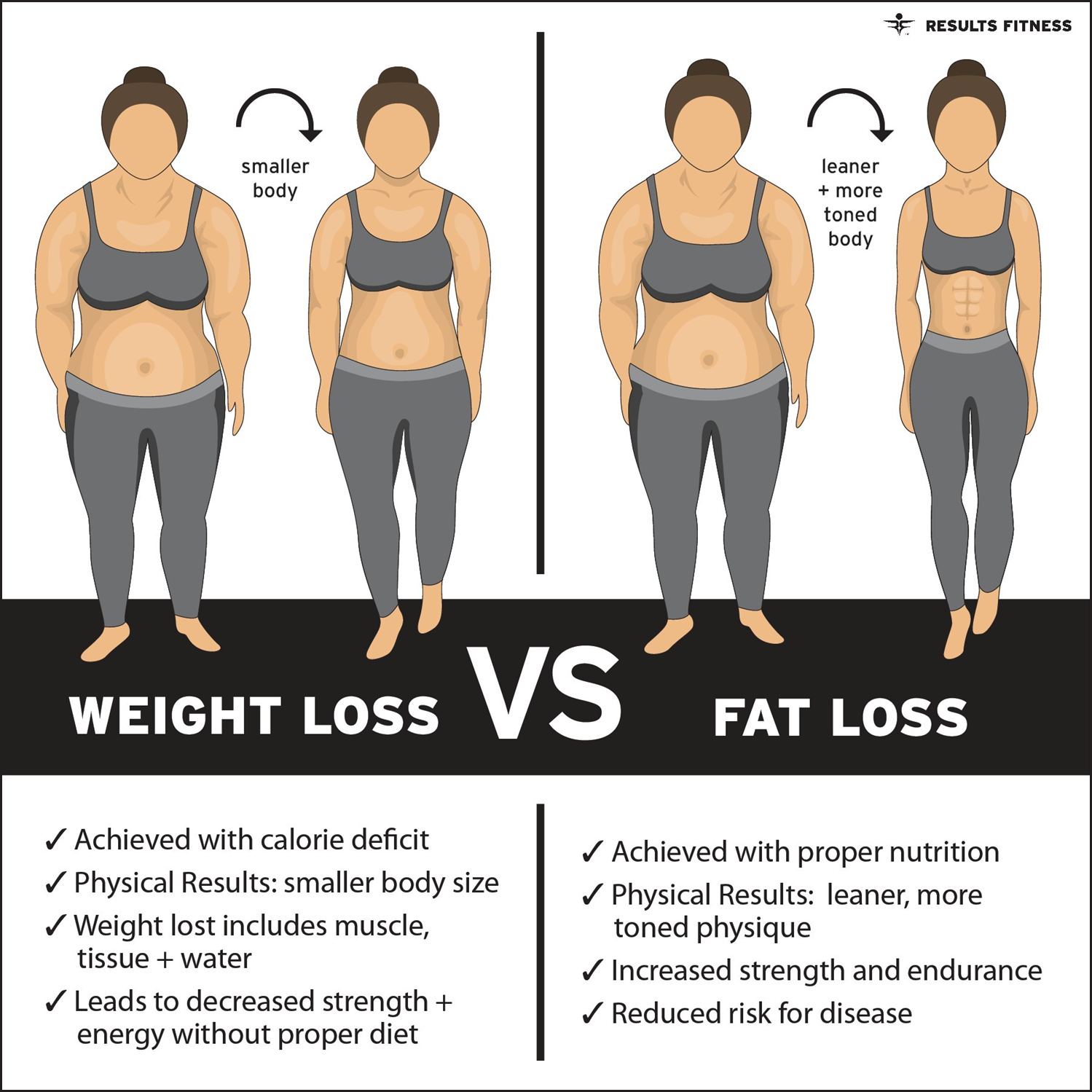
When the number on the scale dips, it's natural to feel a sense of accomplishment. But where exactly does that "lost" weight go? It’s a question many ponder, often imagining fat cells simply disappearing. The reality is more complex and involves a fascinating journey through the body's metabolic processes.
The reduction in body mass is the result of complex metabolic transformations. Understanding these processes is key to comprehending the fate of lost weight and maintaining a healthy lifestyle. Many believe that fat is converted into energy or excreted through waste. However, scientific consensus points towards a different path.
The Chemistry of Weight Loss
The primary mechanism behind weight loss is the oxidation of fat. This process involves breaking down triglycerides stored in fat cells into their constituent components: carbon, hydrogen, and oxygen.
Dr. Ruben Meerman, a physicist, and Andrew Brown, a biochemist, co-authored a study published in the British Medical Journal that meticulously traced the fate of fat molecules. They discovered that the vast majority of fat is exhaled as carbon dioxide (CO2), with a smaller portion excreted as water through sweat, urine, and other bodily fluids.
“When you lose weight, where does the fat go? Most people incorrectly think it is converted to energy or heat,”
Meerman explained.“But we have shown that the overwhelming majority of the mass is breathed out as carbon dioxide. It goes into the air.”
The Role of Respiration
Approximately 84% of fat is converted into CO2 and expelled through the lungs during breathing. This means that the simple act of breathing is a crucial component of weight loss.
The remaining 16% of the fat is converted into water (H2O). This water is then eliminated through urine, sweat, feces, breath, and other bodily fluids. This demonstrates the importance of hydration.
Therefore, breathing becomes a more important component than many realize, becoming a significant avenue for fat metabolism. It’s not simply about sweating it out, but actively exhaling the byproduct of fat breakdown.
Debunking Common Misconceptions
Many believe that lost weight is primarily eliminated through feces or converted directly into energy. The scientific literature clearly refutes these notions.
Only a small fraction of fat is eliminated through feces. This highlights the importance of understanding the true metabolic pathways involved in weight management.
The idea that fat is directly converted into energy is also a misconception. The process is more nuanced. The energy released during fat oxidation powers various bodily functions, but the mass itself is converted into CO2 and water.
Practical Implications
Understanding where lost weight goes emphasizes the significance of respiration and overall metabolic health. Diet and exercise play a significant role in boosting metabolism.
Increased physical activity, especially aerobic exercises, elevates breathing rates. This promotes the oxidation of fat and the subsequent exhalation of CO2. A balanced diet provides the necessary building blocks and energy for these processes.
Proper hydration is also critical. It supports the elimination of water produced during fat metabolism. It ensures that the body can efficiently process and eliminate waste products.
Conclusion
The journey of lost weight is a chemical transformation. Fat is primarily exhaled as carbon dioxide and excreted as water. This process is deeply intertwined with breathing, metabolic rate, diet, and exercise.
By grasping this intricate process, individuals can make informed decisions regarding their health and weight management strategies. The knowledge empowers individuals to focus on sustainable lifestyle changes. These changes encourage efficient fat oxidation and overall well-being, rather than relying on misconceptions and quick fixes.
Ultimately, weight loss is not about making fat disappear, but transforming it into something else entirely. It highlights the incredible efficiency and complexity of the human body.

